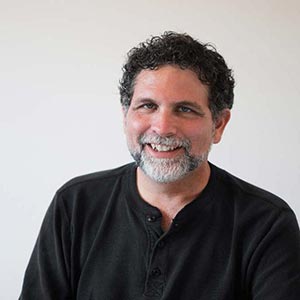George Herbert Mead is the fourth major figure in Classical
American Pragmatism. Mead studied philosophy at Harvard while William James
chaired the department. He taught with John Dewey at the University of Michigan
before they both left there to teach at the University of Chicago. Mead is
known more as a sociologist than a philosopher and he can be seen as an early
pioneer of intersubjective consciousness and integral theory.
Mead’s book Mind, Self and Society is fascinating. The first thing that Mead discusses is the idea
of parallelism in relationship to the mind and the world. Mead makes the point
that we generally relate to our minds as if there is some causal relationship
between our experience of thought and feeling in the mind and the world outside.
If someone asks us why we did something we will generally
have an answer. I drove to the store because I wanted milk. I screamed because
I was angry. Etc. We think that we do things “be-cause” of things in our heads.
We assume that ideas or feelings that exist in our minds cause us to act in
certain ways. And the assumed causal relationship between mind and world goes
both ways. We believe that we feel sad “be-cause” something bad happened. We
feel happy because the sun is shining. Etc.
This idea of there being a causal relationship between mind
and world is so familiar to us that you would probably think that it was crazy
to say that there is in fact no causal relationship between mind and world.
Luckily Mead is not saying that. What he does say is that there may not be a causal relationship between
mind and world – or at least there may not be one that we can understand that
is totally different from the way we think it is. Most importantly he is saying
that the causal relationship between mind and world is an assumption that we
are better off not making. He then begins to envision a powerful way to look at
the world and mind as a co-arising/integral event.
He advocates a view, or at least a modified version of a
view, called parallelism. The experience of the mind and the experience of the
world undoubtedly do appear to run in parallel. Certain external circumstances seem
to necessarily correspond to specific internal states. If there is a tree in
the external world and I look at it, I see a tree. If I close my eyes and open
them again, I still see a tree. I can close my eyes a thousand times and every
time I look at the tree I will see a tree. I will never open my eyes and see a
frog.
Mead’s point is that any philosophy of psychology has to be
based on an assumed parallelism, but parallelism doesn’t necessarily imply
causality. Mead is anticipating or building toward Ken Wilber’s later Integral
Theory by stating that the inner states of mind co-arise with the outer
circumstances of the world. The experience of mind and the outer world arise
together. Our thoughts and feelings are not produced by outer circumstance as
much as they change simultaneously with changes in outer circumstance. The
assumption of a causal relationship is something we add.

